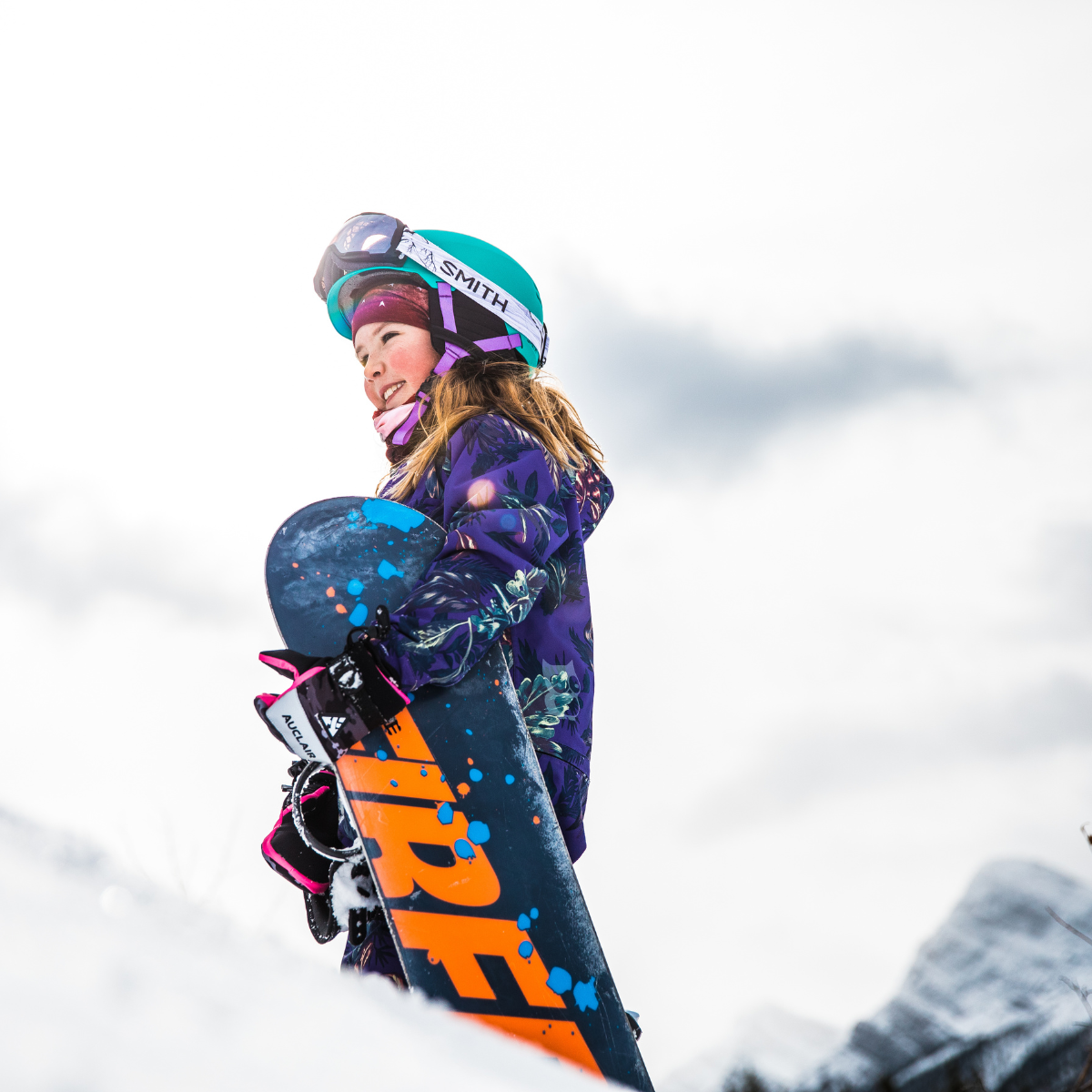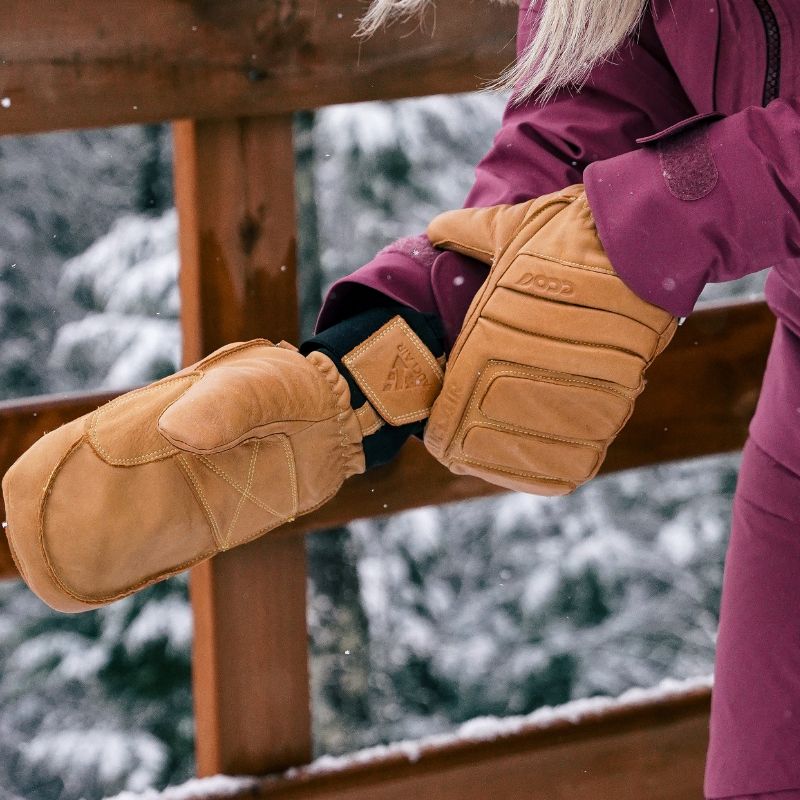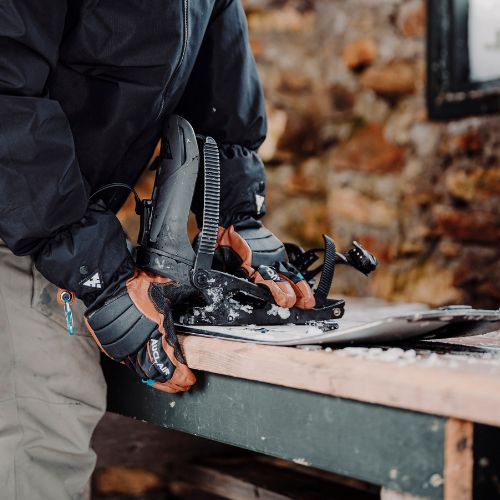The Ultimate Guide to Layered Glove Systems

When the temperature drops, layering becomes second nature for outdoor enthusiasts, ensuring core warmth and comfort during winter adventures. However, the hands, crucial for both functionality and warmth, often get overlooked in this layering strategy.
Jump into the cold with confidence with our expert glove layering technique, refined since 1945! It's designed to adapt to changing weather, ensuring you can focus on your adventure, not the temperature.
Let's redefine your cold-weather experience together.
Quick Dive into Glove Layering Basics
What's Glove Layering? Think of it as dressing your hands like you do your body in winter - in layers. It’s all about using different gloves together to keep warm, dry, and ready for any weather.
Why Bother? Layering gloves boosts warmth, battles moisture, and gives you the freedom to adjust to the ever-changing outdoor thermostat. It's your secret weapon against the cold.
The Foundation: Base Layer for Dry Warmth
Achieving warm hands starts with a dependable base layer. Opt for moisture-wicking materials like silk or high-performance synthetics to keep your skin dry and insulated. These breathable and lightweight liners fit snugly without bunching, making them ideal for various activities, ensuring warmth without overheating.
Merino wool, known for its moisture-wicking properties, insulation, and comfort, is a popular choice for base layers. Consider the Merino Wool Liner Gloves or the Merino Blend Liner.
Silk base layer gloves are lightweight and excellent for moisture management. Try the Silk Liner Gloves for added comfort.
For synthetic fabrics, check out the Brisk Lightweight Gloves or the Tracker Texter Gloves.

The Middle Layer: Versatility and Warmth
The middle layer is the heart of insulation. It should be warm enough to retain body heat without causing excessive sweating. Materials like down or synthetics are perfect for this layer, offering an ideal balance between warmth and breathability.
Down vs. Synthetic: Down is lightweight and offers unbeatable warmth, ideal for dry conditions. Synthetic fills, though slightly heavier, excel in wet conditions by maintaining insulation even when damp.
Breathability Matters: Look for materials that allow moisture to escape to keep your hands dry and warm, avoiding sweat buildup.
Flexibility is Key: The middle layer should fit comfortably over the base layer and under the outer layer, allowing for ease of movement without restriction.

The Outer Layer: Shield Against the Elements
The final piece of the glove layering puzzle is the outer layer. Your ultimate guard against extreme cold, howling winds, and relentless snow. Aim for a waterproof, yet breathable fortress that locks out external moisture while letting your hands breathe, ensuring they remain dry and snug in the face of severe weather.
Opt for designs with waterproof seals, like a robust zipper, to block out every bit of the cold and wet. This outer layer is your critical defense in extreme conditions, making sure your winter exploits are all about thrill, not chill.

Fit and Comfort: Make or Break
Getting the Right Fit
Too tight, and you'll cut off circulation; too loose, and you lose warmth. Aim for snug but not tight, with room for movement and air to circulate.
Comfort is Key
No one likes a bulky, stiff glove. Look for features like minimal seams to avoid irritation and materials that feel good against the skin. A good layering system allows for easy adjustment of layers according to temperature changes and activity levels, ensuring an optimal experience.
Conclusion
Glove layering isn't rocket science, but it's a game-changer for winter sports lovers. With the right layers, materials, and fit, you can say goodbye to cold hands and focus on the fun. Whether you're skiing, snowboarding, or just making a snowman, your hands will thank you for a little extra thought in your glove game.








Leave a comment
All comments are moderated before being published.
This site is protected by reCAPTCHA and the Google Privacy Policy and Terms of Service apply.